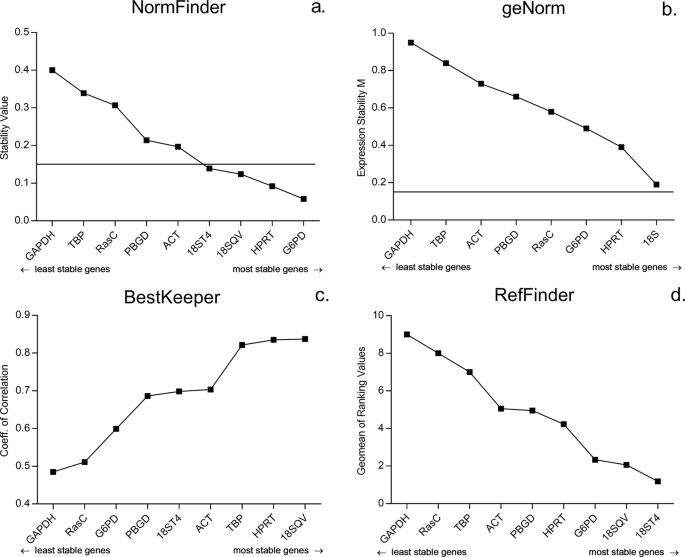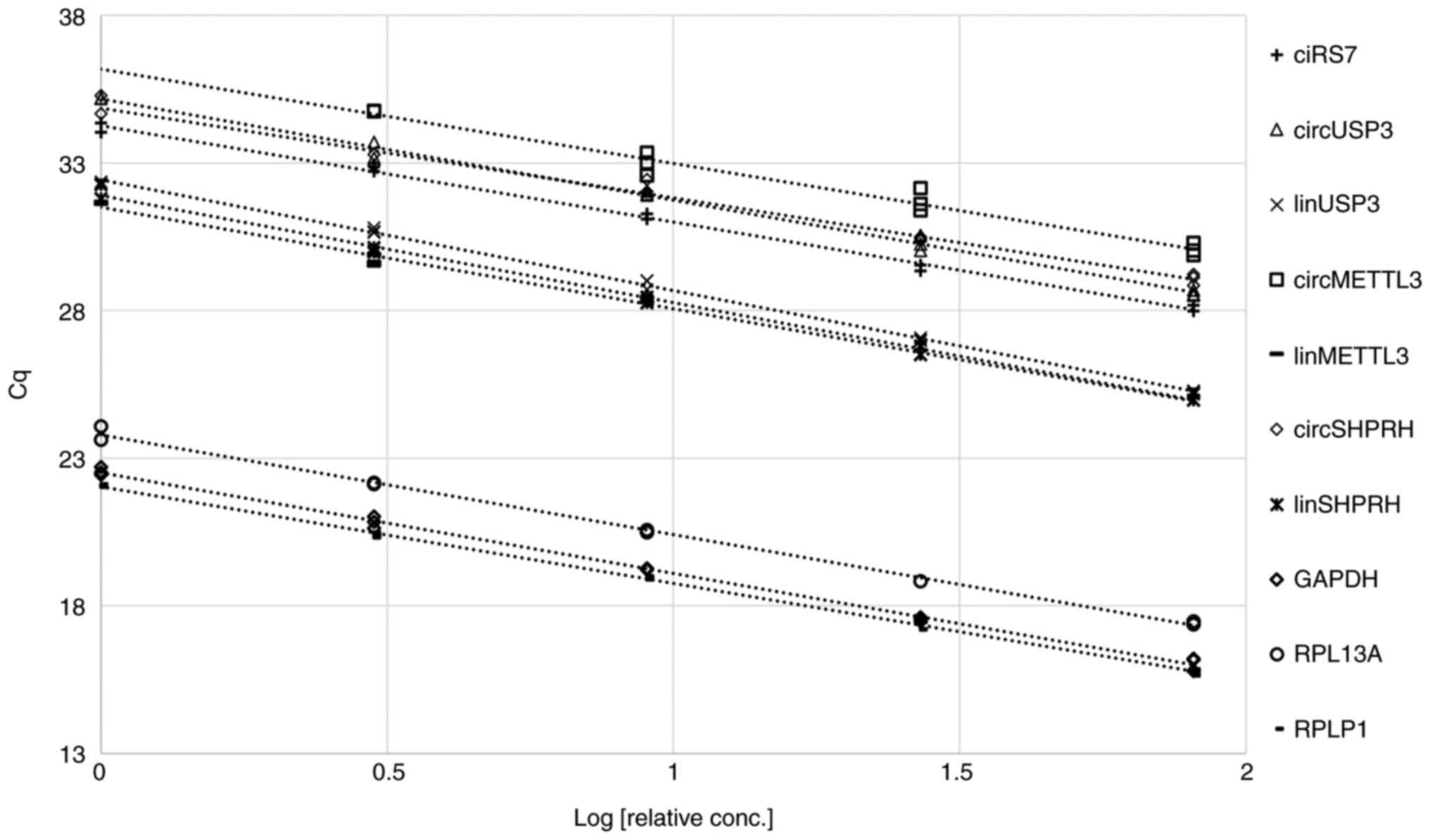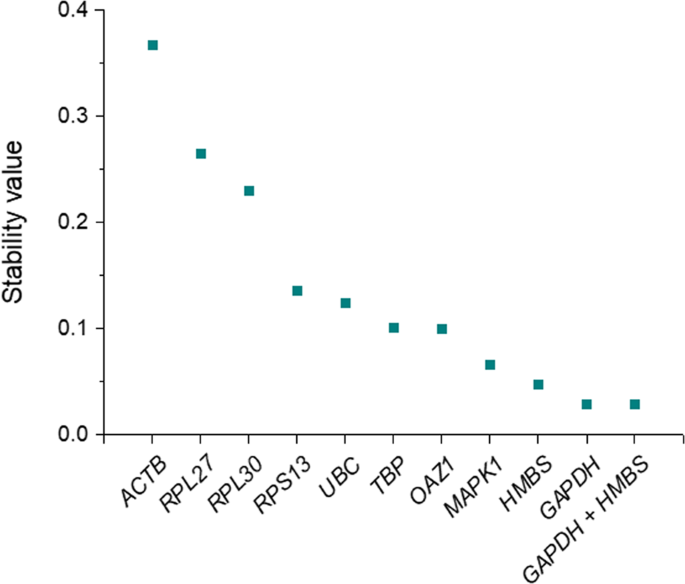

A 5′-terminal stem-loop structure can stabilize mRNA in Escherichia coli. mRNA stabilization by the ompA 5′ untranslated region: two protective elements hinder distinct pathways for mRNA degradation.
Cfx manager target stability portable#
Modulating heterologous gene expression with portable mRNA-stabilizing 5′-UTR sequences. C., Apura, P., Martínez-García, E., de Lorenzo, V. Systematic quantification of sequence and structural determinants controlling mRNA stability in bacterial operons. Library of synthetic 5′ secondary structures to manipulate mRNA stability in Escherichia coli. Control of RNase E-mediated RNA degradation by 5′-terminal base pairing in E. Intracellular ribonucleases involved in transcript processing and decay: Precision tools for RNA. The critical role of RNA processing and degradation in the control of gene expression. The IS10 transposase mRNA is destabilized during antisense RNA control. Enzymes involved in posttranscriptional RNA metabolism in gram-negative bacteria. Messenger RNA degradation in bacterial cells. Optimized codon usage and chromophore mutations provide enhanced sensitivity with the green fluorescent protein. Higher-order cellular information processing with synthetic RNA devices. Combinatorial engineering of intergenic regions in operons tunes expression of multiple genes. Design of adjacent transcriptional regions to tune gene expression and facilitate circuit construction. Conditional guide RNAs: programmable conditional regulation of CRISPR/Cas function in bacterial and mammalian cells via dynamic RNA nanotechnology. Riboregulated toehold-gated gRNA for programmable CRISPR–Cas9 function. CRISPR-mediated activation of a promoter or enhancer rescues obesity caused by haploinsufficiency. Repurposing CRISPR as an RNA-guided platform for sequence-specific control of gene expression. Ribozyme-based insulator parts buffer synthetic circuits from genetic context. Lou, C., Stanton, B., Chen, Y.-J., Munsky, B. De novo design of heat-repressible RNA thermosensors in E. Hoynes-O’Connor, A., Hinman, K., Kirchner, L. De novo-designed translation-repressing riboregulators for multi-input cellular logic. Complex cellular logic computation using ribocomputing devices. Creating small transcription activating RNAs. Toehold switches: de-novo-designed regulators of gene expression. RNIE: genome-wide prediction of bacterial intrinsic terminators. P., Barquist, L., Bateman, A., Nawrocki, E. Characterization of 582 natural and synthetic terminators and quantification of their design constraints. Synthetic biology: applications come of age. Synthetic biology: advancing biological frontiers by building synthetic systems. Synthetic biology devices for in vitro and in vivo diagnostics. Rapid, low-cost detection of zika virus using programmable biomolecular components. RNA therapeutics: beyond RNA interference and antisense oligonucleotides. Evaluation of 244,000 synthetic sequences reveals design principles to optimize translation in Escherichia coli.

Finally, we combine dtRNAs with toehold switch sensors to enhance the performance of paper-based norovirus diagnostics, illustrating the potential of dtRNAs for biotechnological applications.Ĭambray, G., Guimaraes, J. Use of stabilizing dtRNAs in cell-free transcription-translation reactions also tunes gene and RNA aptamer production. We harness dtRNAs in messenger RNAs and noncoding RNAs to tune gene circuit dynamics and enhance CRISPR interference in vivo. dtRNAs enable modulation of transcript stability over a 40-fold dynamic range in Escherichia coli with minimal influence on translation initiation. Here, we report a library of RNA modules called degradation-tuning RNAs (dtRNAs) that can increase or decrease transcript stability in vivo and in vitro. However, these methods have been mostly ad hoc and hence lack predictability and modularity. Native RNA stabilizers or engineered 5′ stability hairpins have been used to regulate transcript half-life to control recombinant protein expression.

The ability to tune RNA and gene expression dynamics is greatly needed for biotechnological applications.


 0 kommentar(er)
0 kommentar(er)
